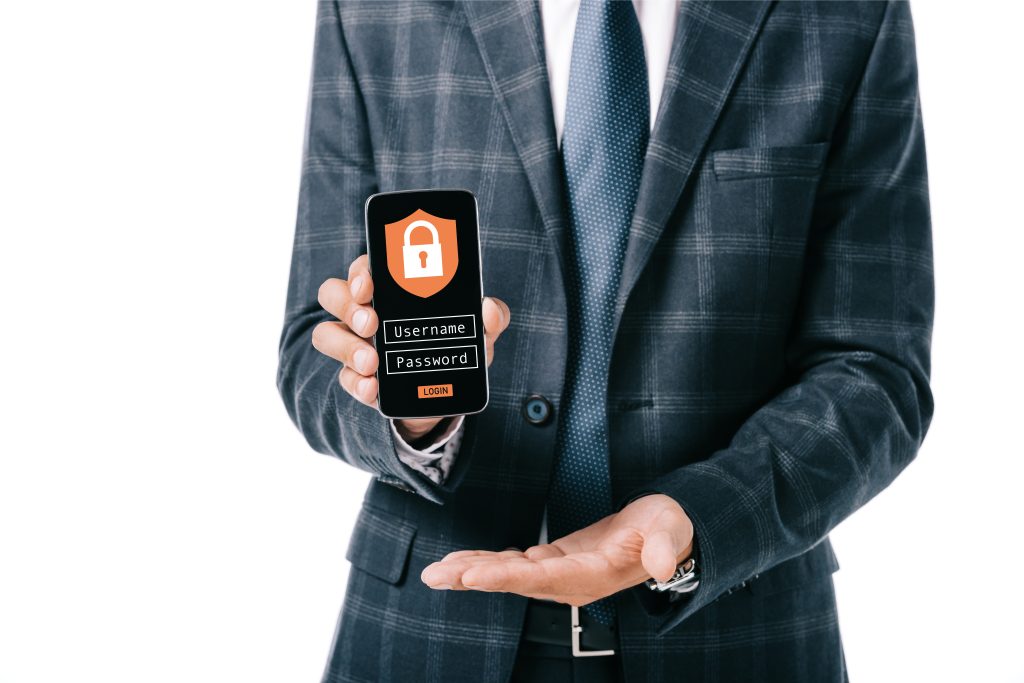In today’s fast-paced digital world, mobile devices are integral to business operations. Smartphones offer convenience and flexibility, but they also pose security risks, especially when used to access sensitive corporate data. To safeguard your organization’s information and ensure secure mobile device usage, implementing Mobile Device Management (MDM) is essential. In this blog post, we’ll explore the importance of MDM and share best practices for securing business smartphones.
The Significance of Mobile Device Management
MDM is a comprehensive solution that empowers organizations to manage and secure mobile devices, such as smartphones and tablets, used by employees. It offers a centralized platform for configuring, monitoring, and securing these devices, ensuring compliance with company policies and regulatory requirements. Here are some compelling reasons to adopt MDM:
- Data Protection: MDM allows you to enforce security policies and encryption protocols to protect sensitive corporate data stored on mobile devices.
- Device Management: You can remotely manage device configurations, settings, and software updates, reducing the burden on IT staff.
- Compliance and Auditing: MDM enables organizations to enforce compliance with industry regulations and track device usage for auditing purposes.
- Lost or Stolen Devices: In the event of device loss or theft, MDM tools can remotely wipe or lock devices to prevent unauthorized access to company data.
- Improved Productivity: Streamlined device management and automated processes lead to increased productivity for both IT teams and end-users.
Securing Business Smartphones with MDM
To effectively secure business smartphones using MDM, follow these best practices:
Establish Clear Policies:
- Define and communicate mobile device usage policies to all employees.
- Specify security requirements, such as passcode complexity and screen lock timeouts.
Device Inventory and Registration:
- Maintain an up-to-date inventory of all company-issued smartphones and registered personal devices.
- Ensure devices are registered with the MDM system.
Enforce Encryption:
- Require encryption for data stored on devices to protect against unauthorized access.
- Encrypt data both in transit and at rest.
Remote Device Management:
- Implement remote device management capabilities, including remote lock, wipe, and location tracking.
- Enable remote configuration and software updates.
App Whitelisting and Blacklisting:
- Control which apps can be installed on business smartphones.
- Prevent the installation of unauthorized or risky applications.
Authentication and Access Control:
- Implement strong authentication methods, such as biometrics, for device access.
- Enforce access controls to ensure that only authorized users can access specific corporate resources.
Regular Audits and Compliance Checks:
- Conduct regular audits to verify device compliance with security policies.
- Automate compliance checks and notifications.
Employee Training:
- Educate employees about the importance of mobile security and the role they play in safeguarding company data.
- Provide training on how to report lost or stolen devices promptly.
Incident Response Plan:
- Develop a comprehensive incident response plan for mobile security breaches.
- Define roles and responsibilities for responding to security incidents.
Data Backup and Recovery:
- Ensure that data on business smartphones is regularly backed up to prevent data loss in case of a security incident.
Mobile Device Management is a vital component of modern business security, especially in a world where smartphones are an integral part of daily operations. By implementing MDM solutions and adhering to best practices, organizations can protect sensitive data, enforce security policies, and maintain compliance. Securing business smartphones with MDM not only safeguards your company’s reputation but also ensures the continued trust of your clients and partners. In an era of increasing mobile device usage, MDM is a crucial investment for any forward-thinking organization.






